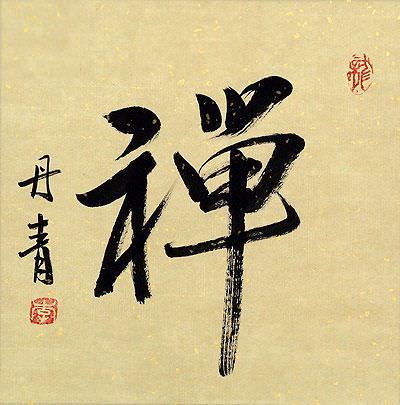

by Kumārajīva no sect corresponds to it in India in China and Japan itbecame incorporated in the 三論宗. (2) 成實宗 Satyasiddhi sect, based on the 成實論 Satyasiddhi-śāstra,tr. In China thirteen sectswere founded: (1) 倶舍宗 Abhidharma or Kośa sect, representing Hīnayāna,based upon the Abhidharma-kosa-śāstra or 倶舍論. D., and the Yogācārya, ascribed toAsaṅga and Vasubandhu in the fourth century A. Mahāyāna had two main schools, the Mādhyamika, ascribed to Nāgārjunaand Āryadeva about the second century A. In India, according to Chinese accounts, the two schools of Hīnayāna became divided into twentysects. It has been used as a synonym for 法師 a teacher of doctrine, in distinction from 律師 a teacher of the vinaya, also from 禪師 a teacher of the Intuitive school. as 力生 strong in producing (knowledge), or in begetting strength in his disciples also by 知有罪知無罪 a discerner of sin from not-sin, or the sinful from the not-sinful. The Sanskrit term used in its interpretation is 鳥波陀耶 upādhyāya, a 'sub-teacher' of the Vedas, inferior to an ācārya this is intp. of vandya (Tibetan and Khotani ban-de), 'reverend.' Later it took the form of 和尚 or 和上. It is said to be derived from Khotan in the form of 和闍 or 和社 (or 烏社) which might be a translit.

the head monk of a temple) (4) master (of one's art, trade, etc.) (personal name) WajouĪ general term for a monk. in Zen or Pure Land Buddhism) (2) second highest priestly rank in Buddhism (3) monk (esp. the head monk of a temple) (4) master (of one's art, trade, etc.) (1) (honorific or respectful language) preceptor or high priest (esp. (1) (honorific or respectful language) preceptor or high priest (in Shingon, Hosso, Ritsu or Shin Buddhism) (2) second highest priestly rank in Buddhism (3) master (of one's art, trade, etc.) (1) (honorific or respectful language) preceptor or high priest (in Tendai or Kegon Buddhism) (2) second highest priestly rank in Buddhism (3) monk (esp. (3) 思量心 manas, the thinking and calculating mind (4) 緣慮心 了別心 慮知心 citta the discriminating mind (5) 堅實心 the bhūtatathatā mind, or the permanent mind (6) 積聚精要心 the mind essence of the sutras. (2) 集起心 citta, the ālayavijñāna, or totality of mind, and the source of all mental activity. There are various definitions, of which the following are six instances: (1) 肉團心 hṛd, the physical heart of sentient or nonsentient living beings, e. In both senses the heart is likened to a lotus. Hṛd, hṛdaya 汗栗太 (or 汗栗馱) 紀哩馱 the heart, mind, soul citta 質多 the heart as the seat of thought or intelligence. written as 芯) (See 芯・2) centre center core heart (4) (See 心臓・1) heart (organ) (5) (See 二十八宿) Chinese "Heart" constellation (one of the 28 mansions) (6) (archaism) (child.

(1) (See 心・こころ・1) heart mind spirit vitality inner strength (2) bottom of one's heart core (of one's character) nature (3) (usu. More info & calligraphy: Heart / Mind / Spirit heart mind intention center core CL:顆|颗,個|个


 0 kommentar(er)
0 kommentar(er)
